The lifespan of your garage door springs is usually rated for about 10,000 cycles. A "cycle" is just one full open-and-close sequence. This means how often you use your door is the single biggest factor in determining how many years those springs will last.
How Long Do Garage Door Springs Actually Last
Think of your garage door springs like the tires on your car—their lifespan isn't measured in years, but in usage. That industry standard of 10,000 cycles gives us a predictable timeline for when a replacement might be needed, and we can translate that directly into years based on your household's daily habits.
For instance, a busy family that opens and closes the garage door four times a day is going to hit that 10,000-cycle limit much faster than someone who only uses it twice. This cycle count is what truly matters. Most standard springs, whether they are the torsion or extension type, are engineered to last right around this 10,000-cycle mark. You can find more great insights on spring longevity over at idcspring.com.
The key takeaway is simple: the more you use your door each day, the shorter its lifespan will be in years. A spring in a bustling two-car garage is going to wear out significantly faster than one on a rarely used third-car bay.
To help you see how this plays out in the real world, here’s a look at how many years a standard spring might last based on your daily routine.
Estimated Spring Lifespan from Daily Use (10,000 Cycle Springs)
The table below breaks down the 10,000-cycle lifespan into a practical timeline based on how frequently you open and close your garage door.
| Daily Uses (Cycles) | Estimated Lifespan in Years |
|---|---|
| 2 | 13.7 years |
| 4 | 6.8 years |
| 6 | 4.5 years |
| 8 | 3.4 years |
| 10 | 2.7 years |
As you can see, the numbers don't lie. Just going from two uses a day to four cuts the expected lifespan in half, dropping from nearly 14 years down to under seven.
This relationship between daily use and longevity is why it's so important to understand your own usage patterns when thinking about garage door maintenance.
Torsion vs. Extension Springs and Their Durability
Not all garage door springs are built the same, and knowing which type you have is the first step in understanding its lifespan. Most homes use one of two designs: torsion springs or extension springs. Each one works differently, and that has a huge impact on how long they last.
Think of a torsion spring like a tightly wound mousetrap. It’s a big, beefy spring mounted on a metal bar right above the garage door opening. When the door closes, the spring twists and stores up a massive amount of rotational energy. As the door opens, that energy is released in a smooth, controlled way. It’s a more balanced and modern system.
Extension springs, on the other hand, act more like a pair of heavy-duty bungee cords. You'll find these running along the sides of the door, parallel to the horizontal tracks. They stretch out as the door closes and contract to pull it back up. This constant cycle of stretching puts them under a lot of strain, making them wear out faster.
Why Design Matters for Longevity
The way these springs work directly affects their durability and safety. Torsion springs give the door a much more even and controlled lift, which reduces the stress on both the door panels and the opener. Because the spring is contained on a central shaft, it’s also much safer—if it breaks, the spring usually just stays on the bar instead of flying across your garage.
Because of their robust design and balanced operation, torsion springs are now the industry standard for residential garage doors. They generally offer a longer and more reliable service life compared to their extension counterparts.
Spring technology has come a long way. The old standard for torsion springs was a rating of 10,000 cycles, but thanks to better engineering, that’s no longer the only option. Today, you can get high-cycle springs that last for 20,000 to 30,000 cycles, effectively doubling or even tripling their lifespan. You can learn more about how spring technology has evolved over time at investmentpropertiesinfo.com.
That's why figuring out which type of spring you have is so important. It gives you a much better idea of how long it might last and helps you plan for maintenance down the road.
What Really Shortens a Spring's Lifespan
That 10,000-cycle count is a great starting point, but it assumes your garage is a perfect, climate-controlled laboratory. Out here in the real world, a bunch of environmental and mechanical factors can chip away at that number, causing springs to fail a lot sooner than you'd expect.
Think of these as the silent killers of your garage door springs.
One of the biggest culprits is plain old rust and corrosion. Moisture from humidity, rain, or snow settles onto the steel coils, and over time, it weakens the metal and eats away at its strength. Every time the door opens or closes, the corroded spring is put under more stress than it can handle, fast-tracking it to failure.
Extreme temperature swings are another problem. The constant expansion and contraction of the steel as it heats up and cools down causes metal fatigue, making the springs brittle and far more likely to snap.
Hidden Stressors You Might Not Notice
Beyond the weather, hidden mechanical problems play a huge role in wearing your springs out early. These issues force the springs to work way harder than they were designed to, adding invisible cycles of strain to every single lift.
Here are a few of the most common mechanical culprits:
- An Unbalanced Door: If you disconnect the opener and lift your door halfway, does it stay put? If it slams down or flies up, your door is unbalanced. This forces the springs to carry extra dead weight, and that’s a recipe for a short lifespan.
- An Overly Heavy Door: Did you add insulation, new windows, or even a few fresh coats of paint? All that adds weight. If the springs weren't adjusted or upgraded to match, they’re now struggling under a much heavier load than they were built for.
- Poor Installation: Using the wrong size spring for your door's weight is a classic mistake. An undersized spring is under constant, extreme tension from day one and is guaranteed to fail quickly.
It all comes down to simple physics: the heavier the door or the more out-of-balance the system, the more energy the springs have to burn with every cycle. This constant, added strain is why a 10,000-cycle spring might only give you 5,000 cycles in reality.
Getting a handle on these external pressures is key. By taking a hard look at your garage's environment and your door's mechanical health, you can spot the risks that shorten your garage door spring lifespan and fix them before you’re dealing with a sudden, frustrating breakdown.
How Simple Maintenance Can Double Spring Life
Believe it or not, you have a surprising amount of control over how long your garage door springs last. While things like rust and an unbalanced door can definitely cut their lifespan short, a little proactive care can easily double the time before you need a replacement.
Think of it like changing the oil in your car. It’s a small, simple task that prevents major engine trouble down the road.
A solid maintenance routine really just boils down to three key actions: lubrication, balance testing, and regular visual checks. By making these a habit, you’ll protect the steel from wear and tear and catch small problems before they turn into a complete system failure.
Your Simple Spring Maintenance Checklist
Putting a maintenance plan into action is much easier than it sounds. You don’t need to be a mechanical expert—you just need to be observant.
Here is a quick routine you can follow every few months:
- Lubricate the Springs: Grab a high-quality, silicone-based garage door lubricant and apply it directly onto the springs. This simple step prevents rust and helps the coils move smoothly without grinding against each other. Steer clear of heavy greases or WD-40, which just attract dirt and can gum up the works.
- Test the Door Balance: Start with the garage door closed and disengage the opener by pulling the red emergency cord. Now, carefully lift the door by hand until it’s about halfway open. A well-balanced door should stay put. If it slams shut or flies open, the springs are overstressed and need a professional adjustment.
- Perform a Visual Inspection: Take a minute to just look at the springs. Check for signs of rust, stretching in the coils of extension springs, or any visible gaps in the coil of a torsion spring. These are all early warning signs that the springs are getting tired.
The impact of consistent care is huge. A well-maintained spring is far more likely to reach the upper end of its expected lifespan. Simple annual inspections and lubrication can significantly delay failures and help you get the most out of every single cycle.
Industry data confirms that the average garage door spring lasts between 7 and 10 years, or about 10,000 cycles, with proper maintenance being the key difference-maker. You can learn more about how regular inspections reduce the need for garage door spring repair in our detailed guide.
Warning Signs Your Garage Door Springs Are Failing
When a garage door spring is about to fail, it usually gives off a few warnings before it snaps for good. Learning to spot these signs is key to keeping your family safe.
Some clues are impossible to miss, while others are a bit more subtle. If you catch them early, you can avoid a dangerous situation where the door becomes a dead weight, ready to slam shut without warning.
The most dramatic sign is a loud "bang" from your garage. This sound is almost always a spring breaking under immense tension. It’s an unmistakable signal that your door’s main lifting power is gone, making it extremely hazardous to use.
Subtle Clues and Visual Evidence
Beyond that sudden noise, other symptoms point to a weakening spring system. If your garage door starts acting strangely, treat these as urgent red flags that are cutting into your garage door spring lifespan.
Keep an eye out for these common indicators:
- The Door Opens Partially: If your door only lifts a few inches before stopping, the opener is struggling with the door's full weight because the springs aren't doing their job anymore.
- The Door Appears Crooked: When you have two extension springs and one fails, the door often lifts unevenly. It will look lopsided as it moves up the tracks.
- It Feels Extremely Heavy: Try this: disengage the opener and lift the door by hand. If it feels impossibly heavy, the springs have lost their tension and can no longer counterbalance the weight.
- Visible Gaps in the Coils: Take a look at the torsion spring above your door. A healthy spring is a tightly wound coil. A broken one will have a noticeable gap of an inch or two where it snapped apart.
A broken or failing spring isn't just an inconvenience; it's a major safety risk. The door can slam shut unexpectedly, and trying to use the opener can burn out the motor.
Knowing these warning signs tells you to stop using the door immediately and call a professional. You can discover more about the risks of delaying garage door spring repair and maintenance in our detailed article, which explains why taking quick action is so critical.
Why Spring Replacement Is a Job for Professionals
While it’s tempting to tackle home improvement projects yourself, replacing a garage door spring is one job you should always leave to a pro. These aren't just any old pieces of hardware; they are wound incredibly tight and store a massive amount of kinetic energy. Trying to mess with them without the right tools and training is a recipe for disaster.
Think of a wound torsion spring like a loaded mousetrap. If all that stored energy is released at once, it can cause serious injuries or do major damage to your property. Professionals know exactly how to handle this tension safely, making sure the old spring comes off and the new one goes on without any dangerous surprises. For a better sense of what's involved, you can learn more about how to change garage door torsion springs and see just how complex the process is.
The Professional Process Ensures Longevity
A professional replacement is about more than just swapping out a part. A technician will actually weigh your garage door to make sure the new springs are perfectly matched to its specific weight.
An improperly sized spring will dramatically shorten your new garage door spring lifespan, even if it’s a high-quality part. Correct calibration is essential for safe, balanced, and long-lasting operation.
This precise matching is what allows the entire system to work smoothly. It takes the strain off your garage door opener and gives you the confidence that the job was done right—and safely.
Common Questions About Garage Door Springs
When it comes to garage door springs, a little knowledge goes a long way. To clear up any confusion and help you make smarter decisions, here are straightforward answers to the questions we hear most often from homeowners.
Should I Replace Both Springs if Only One Breaks?
Yes, always replace springs in pairs. It's the golden rule of garage door repair for a reason. Think of them like tires on a car—they’ve both handled the same workload and endured the same number of cycles over the years.
When one spring finally gives out, the other is living on borrowed time. Replacing just the broken one creates a dangerous imbalance, forcing the new spring and your garage door opener to carry an unfair share of the load. This leads to another failure, often much sooner than you’d expect.
What Are High-Cycle Springs?
High-cycle springs are essentially the heavy-duty upgrade to the standard 10,000-cycle springs that come with most garage doors. These premium springs are engineered for durability and are often rated for 25,000 cycles or more.
If your family uses the garage door as the main entry to your home, they are an excellent long-term investment. While they cost a bit more upfront, they save you money and headaches over time by dramatically extending the period between replacements.
By opting for high-cycle springs, you are essentially buying two or three times the garage door spring lifespan in a single installation, which is ideal for busy families.
Why Did My New Springs Break So Soon?
It’s incredibly frustrating when a new part fails, but with garage door springs, it almost always points back to an improper installation. The two biggest culprits are installing the wrong size spring for your door’s weight and failing to balance the system correctly.
An undersized spring is under extreme stress from day one. This constant overload causes it to wear out and snap long before it ever reaches its rated cycle count. This is exactly why a professional should always weigh your door to select the perfect springs for safe, long-lasting operation.
If you're dealing with a broken spring or want to ensure your garage door is safe and reliable, the experienced technicians at Security Door Gate and Fence are ready to help. We provide expert spring replacement and comprehensive garage door services to keep your system running smoothly. Schedule your professional service today by visiting us at https://securitygarageandgate.com.


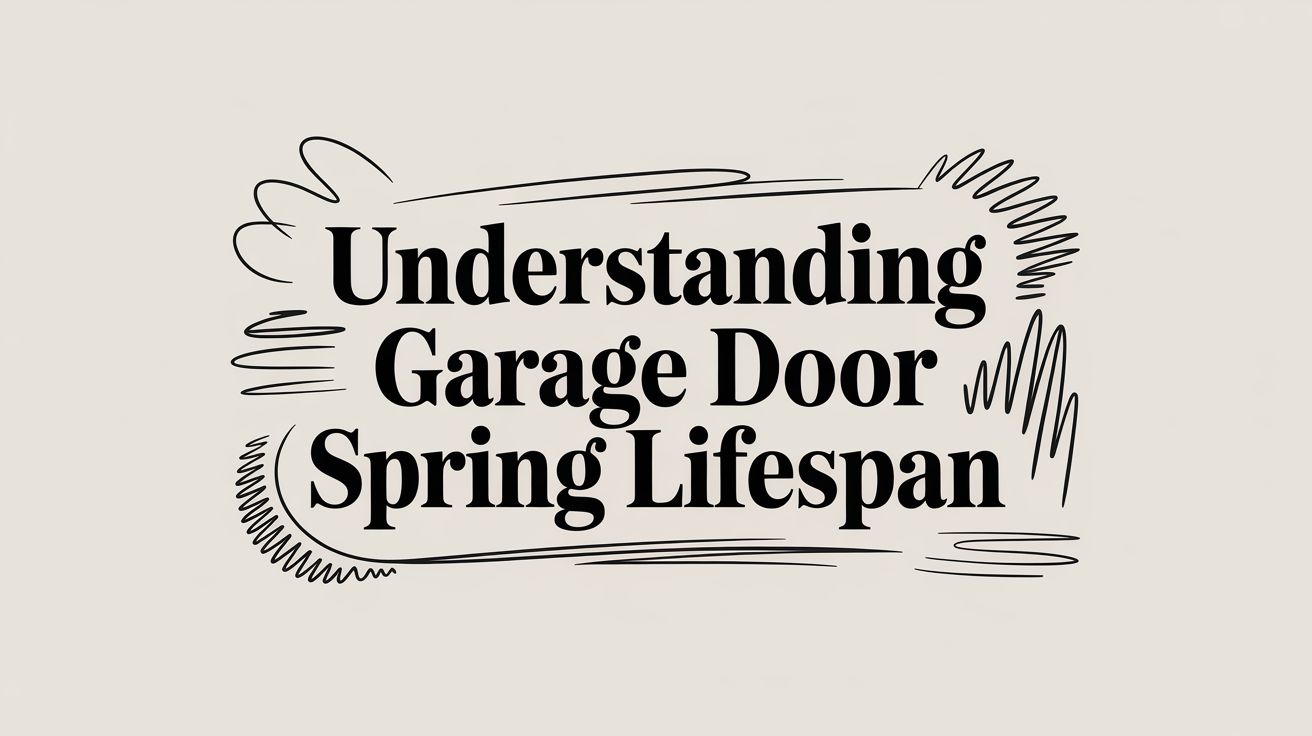
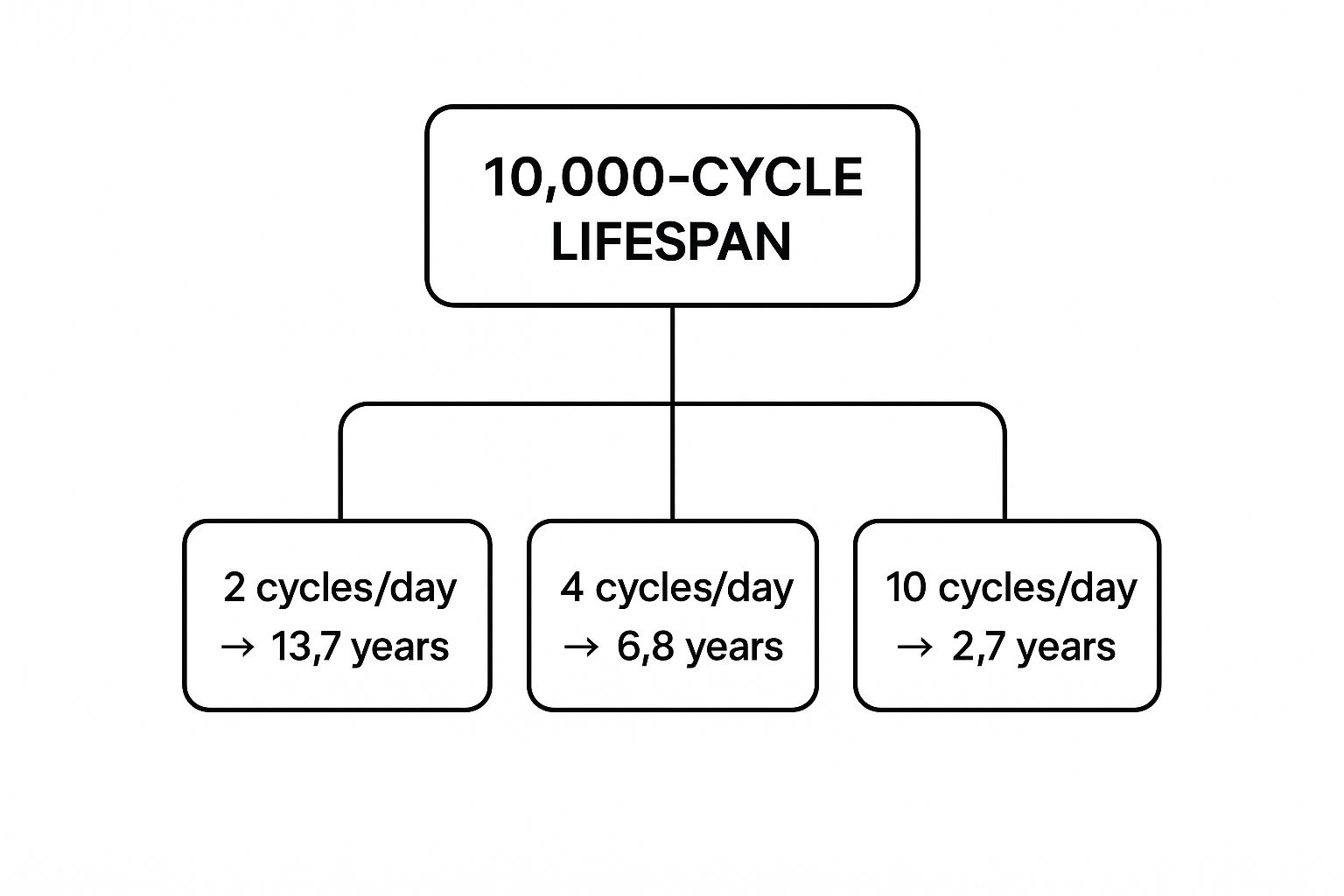
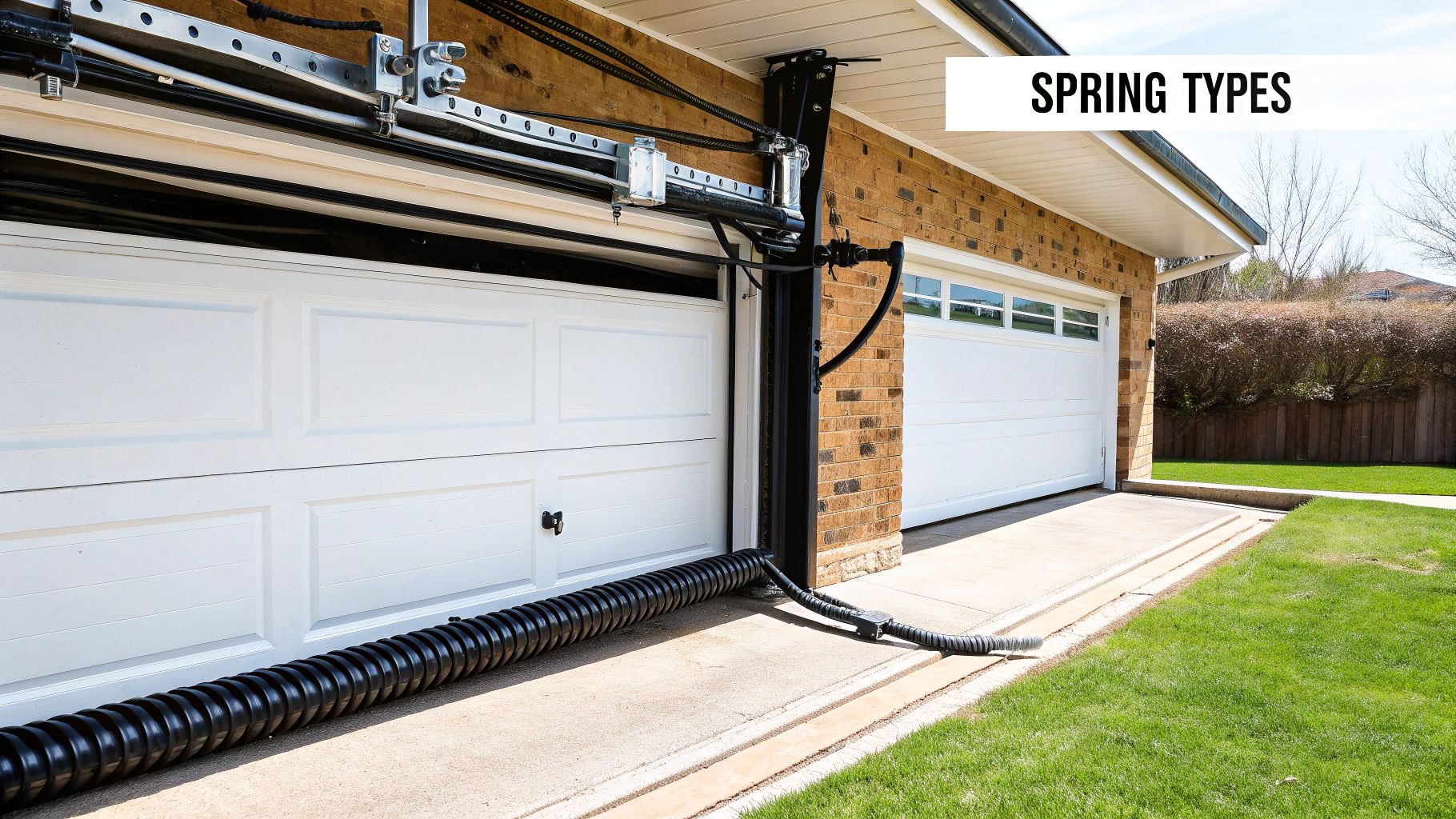
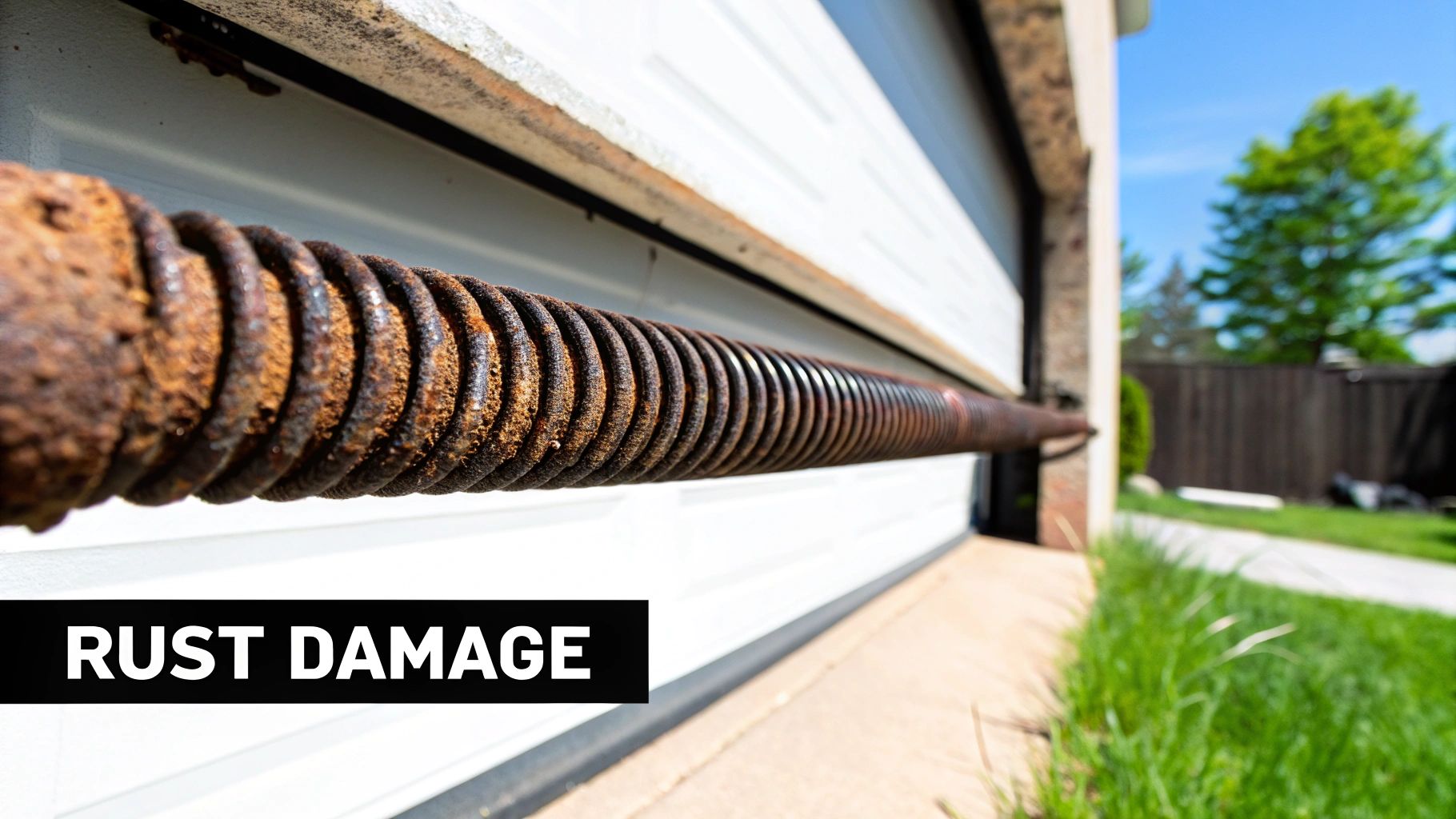
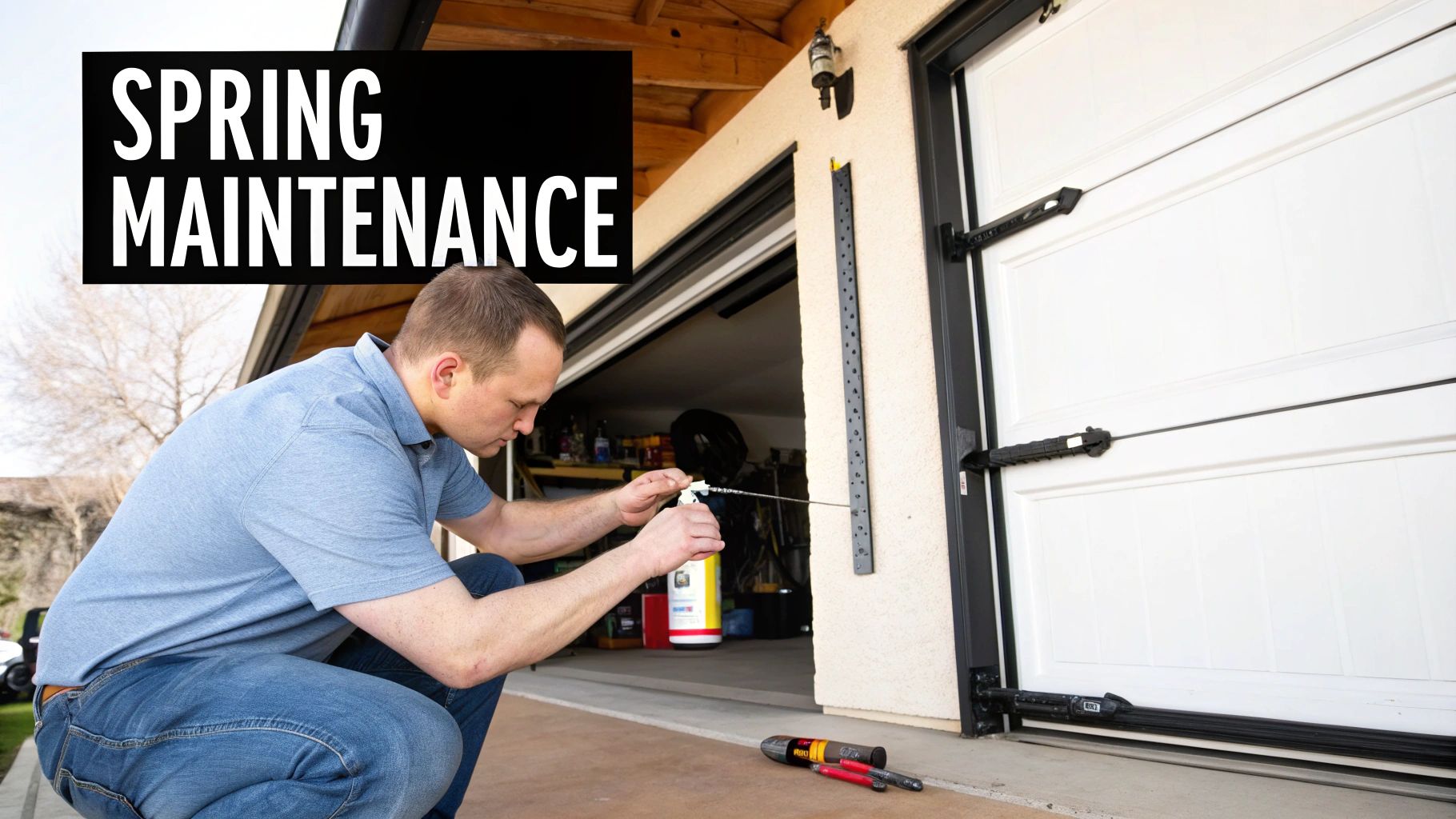
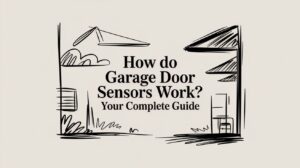
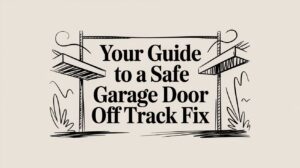


 (480) 548-0807
(480) 548-0807